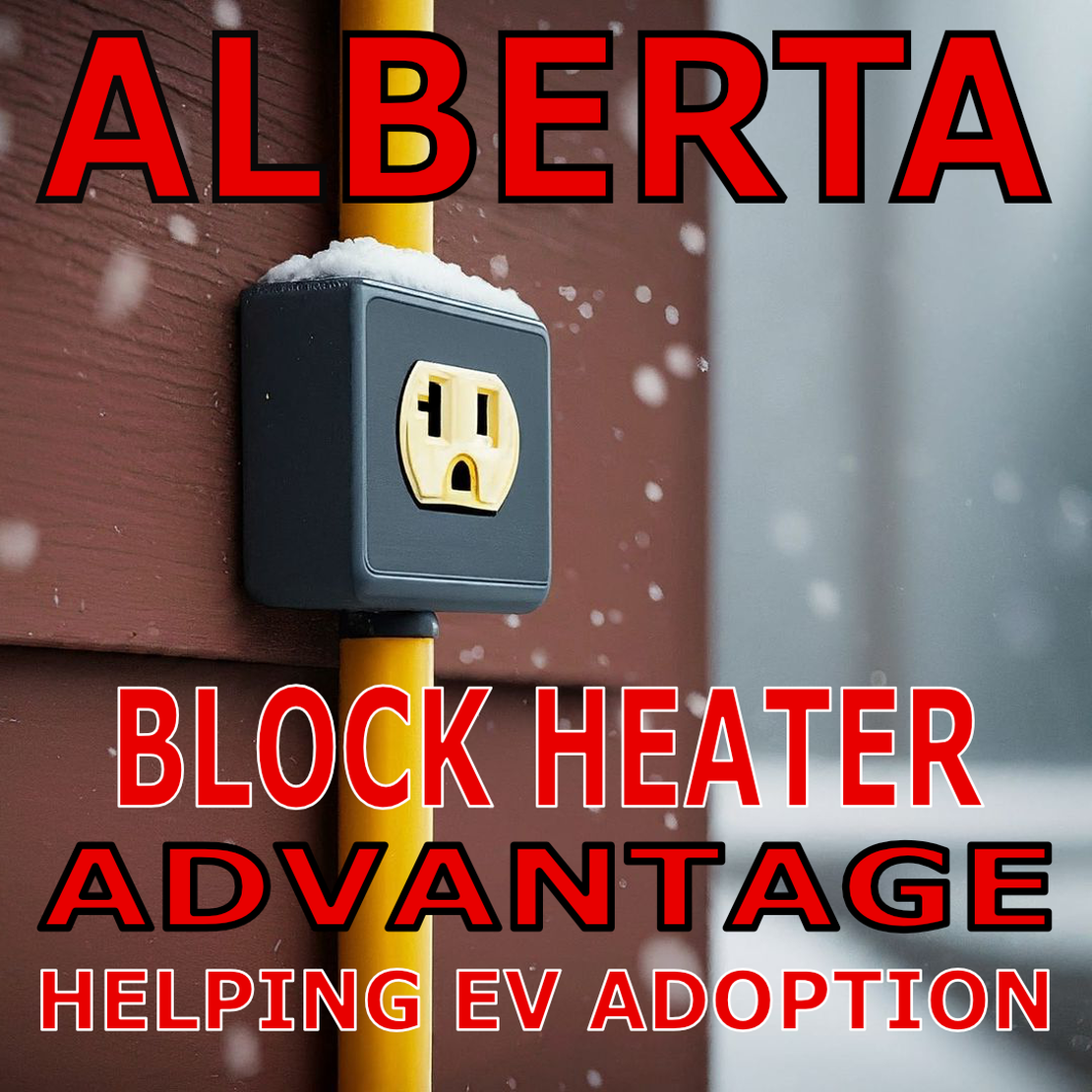
Adapting to JuiceBox's Exit: How Property Owners Can Continue Offering Paid EV Charging with their JuiceBoxes
- Articles, Stories
- EV Charging , JuiceBox , EVnSteven , Property Management
- October 5, 2024
- 2 min read
With JuiceBox recently leaving the North American market, property owners who relied on JuiceBox’s smart EV charging solutions might find themselves in a tough spot. JuiceBox, like many smart chargers, offers great features like power tracking, billing, and scheduling, making EV charging management easy — when everything is working smoothly. But these advanced features come with hidden costs that are worth considering.
The Hidden Costs of Smart Charging Stations
While smart chargers offer many features, they require a bigger upfront investment compared to “basic” chargers, which simply let users plug in and charge. Here are some ongoing costs property owners might face:
Monthly Fees
Smart chargers rely on an app and cloud server for their features. Property owners often pay monthly fees for things like scheduling, billing, and tracking.
Network Dependence
Smart chargers need a stable cellular or Wi-Fi connection to work correctly. If the connection goes down, it can be hard to manage or use the EV charging stations.
Software Maintenance
Smart chargers rely on regular software updates to stay usable. These updates need to keep up with new versions of iOS, Android, and other systems they use. If the company has problems with profitability, management, or goes out of business, the app or cloud service could stop working. This is what happened with JuiceBox — a smart charger could suddenly become a “basic” one, or worse, stop working entirely.
A Simpler, More Reliable Alternative
Ironically, the “smart” choice might actually be to go simpler. Using basic chargers with an app that works with any hardware, property owners can still track EV charging without needing software-dependent hardware.
But what makes an app “hardware-agnostic”? It means the app isn’t tied to any specific charger or car model, allowing for an easy and smooth experience for both users and property owners. How EVnSteven Works: It’s Not Rocket Science
EVnSteven: A Better Solution
EVnSteven is designed to be flexible and work with any charger or car. Here’s how properties can benefit:
Cost-Effectiveness
With EVnSteven, you don’t need to pay high prices for smart chargers or monthly fees. By using simple “basic” chargers along with the app’s tracking system, you can avoid expensive overhead costs.
Hardware Flexibility
The app is hardware-agnostic, meaning it works with all brands of chargers. Even if hardware changes or leaves the market, EVnSteven remains functional.
A Trust-Based System
For communities like condos or apartments, trust is important. EVnSteven uses an honor system, where residents track their own charging sessions. If someone misuses the system, their charging privileges can be taken away, and they can be directed to public charging stations.
By adopting this approach, properties affected by JuiceBox’s exit — or those worried about the future of smart chargers — can keep offering paid EV charging without the risks and costs of relying on smart chargers. EVnSteven’s trust-based tracking provides a simple and effective way to manage EV charging sessions without needing complicated, expensive hardware.


